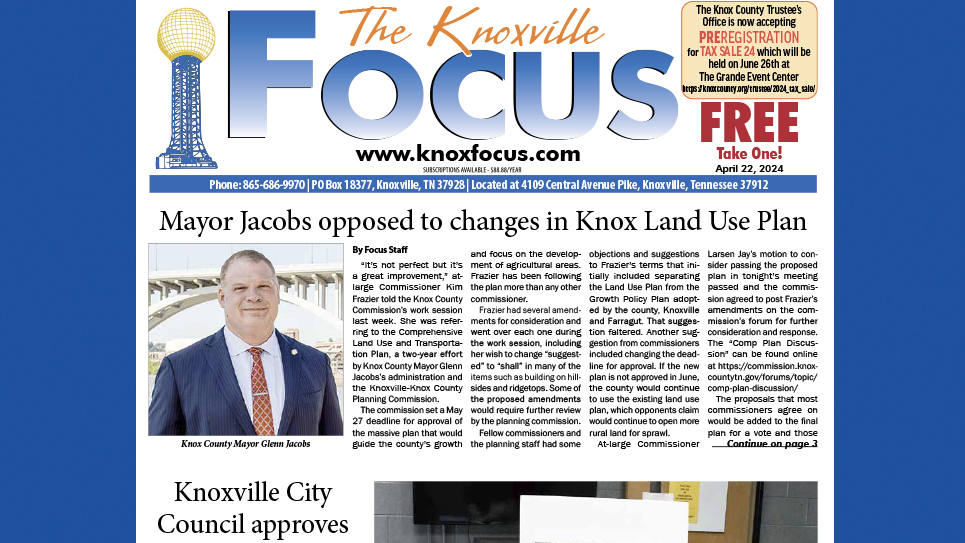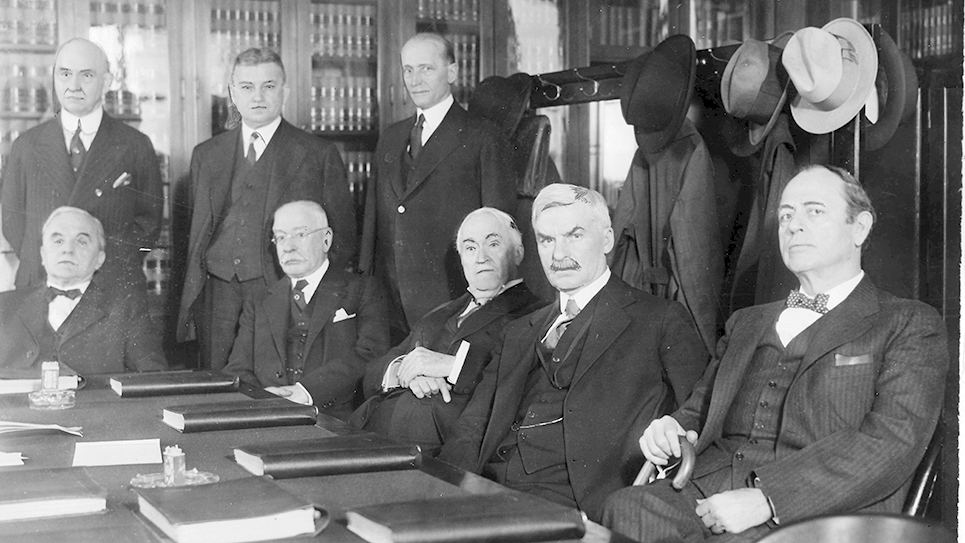By Ralphine Major
The question was asked by his grandson in an e-mail. “Do you remember what kind/model of car you had to travel back and forth to your grandparents’ house?” Navigating through keystrokes and clicks on his computer, the grandfather answered:
“My Luttrell grandparents (Amos C. and Margaret) lived four miles from Luttrell House, down the graveled Washington Pike in the Ritta Community. Frequent trips were needed between their 44-acre farm and our 30-acre farm. Before Dad (Carl Luttrell) bought his first Model T Ford Touring Car in the early 1920s, trips would be by a one-horse buggy, a farm wagon pulled by a team of horses, or, at times riding one of the farm horses as a saddle horse. On rare occasions one might walk—a child would never walk it alone.” Then he added, “with that I could consider your question answered, but feel motivated to write more.”
How fortunate that the late Woodrow Luttrell did write more about his childhood. He described a much different life than we know today, one that most readers know only through books or movies. His remarkable account of life in the early 1900s continues with a focus on their means of transportation.
“Our team of horses, Molly and Prince, were used as saddle horses, buggy horses, and farm horses. When traveling by buggy and having the horse go in a trot part of the way required only about fifteen minutes for the trip. When going by wagon, the trip was usually to haul machinery, feed, farm equipment, small farm tools, and the like. That would take longer. At times, the trip would be made by wagon just to use the team for work on Grandpa’s farm. The thin-rimmed tires on the buggy and wagon wheels were made of iron, fashioned and mounted by a blacksmith. Those made a very noticeable sound and a somewhat bumpy ride on the graveled road,” he wrote. This writer is still trying to imagine Washington Pike as a graveled road!
“Grandpa had a two-seated hack, larger than a buggy,” Woodrow continued. Items could be hauled with it by removing the back seat. It had a top and an upright splash board providing some protection from the weather. “Grandpa’s team was a beautiful pair of well-matched small mules named Maude and Sally,” Woodrow wrote. “He would make the trip to Luttrell House and used the hack and team to go to church and most other places.”
At about age three or four, Woodrow went with his Grandpa to Knoxville—almost a full day’s trip. “He dressed up in his Sunday suit, shoes, and hat; and Grandma had him take a supply of eggs and butter to a store on the way and trade for some supplies,” Woodrow recalled. In Knoxville, the team and hack were cared for at a Livery Stable on Vine Street. “That’s about all I remember about the trip,” he added, “except he bought some candy for me to eat along the way.” (To be continued)






